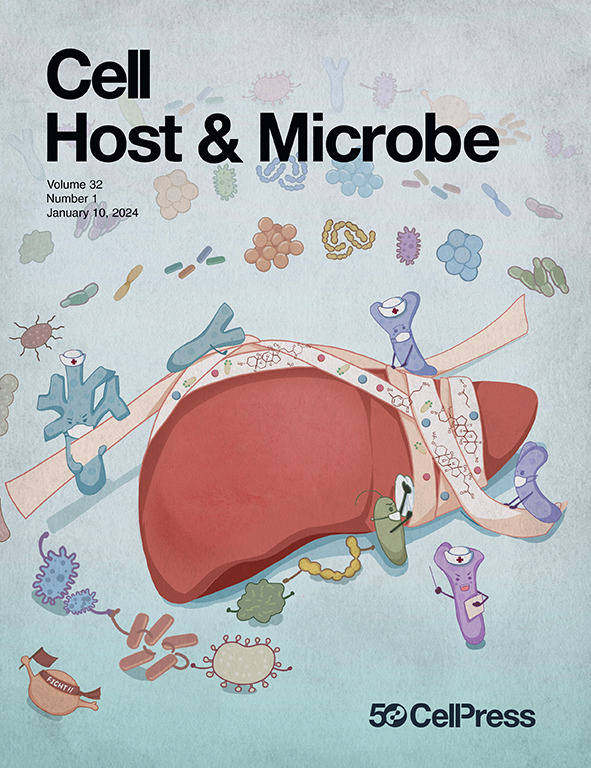Networks of the symbiosis-immunity continuum in plants
IF 18.7
1区 医学
Q1 MICROBIOLOGY
引用次数: 0
Abstract
Plants continuously interact with diverse microbes. Forming essential symbiotic relationships promotes plant growth, while defending against harmful microbes prevents disease. Plants resist pathogens by detecting molecules released from microbes. Beneficial microbes distinguish themselves from harmful pathogens before establishing symbiosis by releasing molecules and suppressing plant defenses during the infection and colonization stages. Despite their distinct outcomes, symbiotic and immune responses lie on a continuum and share key features, including dynamic cellular remodeling, metabolite rearrangement, and the maintenance of defenses against pathogens. This review explores the regulatory networks governing these processes, highlighting the shared and unique molecular mechanisms underlying symbiotic and immune responses. Understanding how plants integrate environmental signals to balance symbiotic compatibility and defense will provide valuable insights into optimizing plant health and productivity in changing ecosystems.植物共生-免疫连续体的网络
植物不断地与各种微生物相互作用。形成必要的共生关系促进植物生长,同时防御有害微生物预防疾病。植物通过检测微生物释放的分子来抵抗病原体。在感染和定植阶段,有益微生物通过释放分子和抑制植物防御,在建立共生关系之前将自己与有害病原体区分开来。尽管结果不同,但共生和免疫反应是一个连续体,并具有共同的关键特征,包括动态细胞重塑、代谢物重排和对病原体防御的维持。这篇综述探讨了控制这些过程的调控网络,强调了共生和免疫反应的共同和独特的分子机制。了解植物如何整合环境信号来平衡共生兼容性和防御,将为在不断变化的生态系统中优化植物健康和生产力提供有价值的见解。
本文章由计算机程序翻译,如有差异,请以英文原文为准。
求助全文
约1分钟内获得全文
求助全文
来源期刊

Cell host & microbe
生物-微生物学
CiteScore
45.10
自引率
1.70%
发文量
201
审稿时长
4-8 weeks
期刊介绍:
Cell Host & Microbe is a scientific journal that was launched in March 2007. The journal aims to provide a platform for scientists to exchange ideas and concepts related to the study of microbes and their interaction with host organisms at a molecular, cellular, and immune level. It publishes novel findings on a wide range of microorganisms including bacteria, fungi, parasites, and viruses. The journal focuses on the interface between the microbe and its host, whether the host is a vertebrate, invertebrate, or plant, and whether the microbe is pathogenic, non-pathogenic, or commensal. The integrated study of microbes and their interactions with each other, their host, and the cellular environment they inhabit is a unifying theme of the journal. The published work in Cell Host & Microbe is expected to be of exceptional significance within its field and also of interest to researchers in other areas. In addition to primary research articles, the journal features expert analysis, commentary, and reviews on current topics of interest in the field.
 求助内容:
求助内容: 应助结果提醒方式:
应助结果提醒方式:


